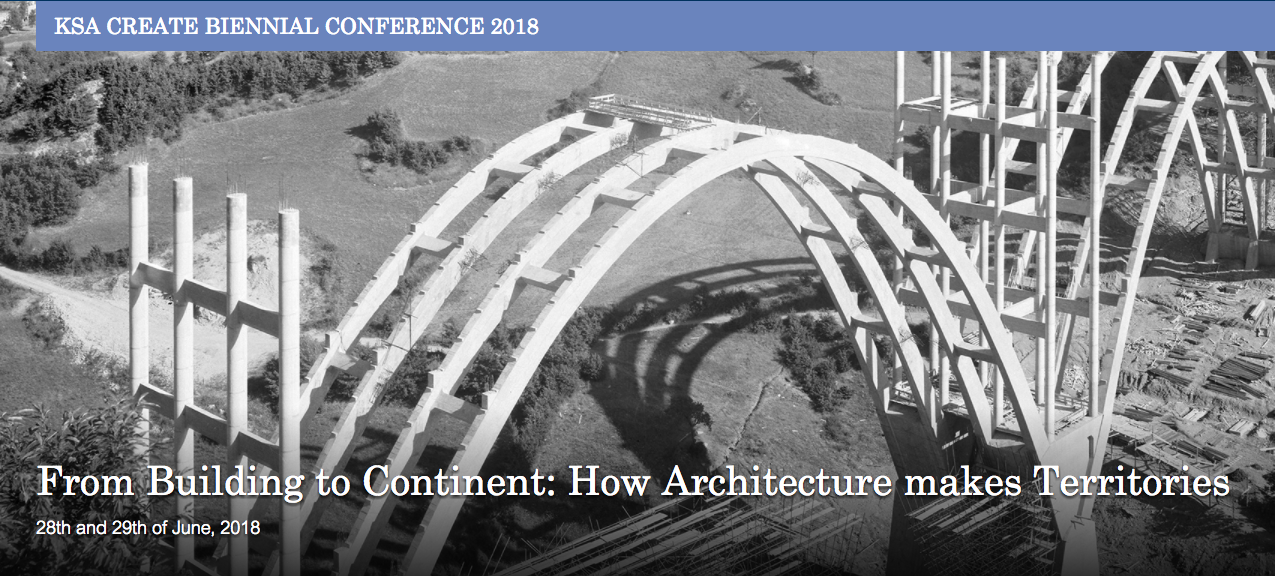University of Kent, KSA Create Biennial Conference 2018
Cultural landscape refers to landscapes shaped by humans through habitation, cultivation, exploitation and stewardship, and has influenced thinking in other fields, such as architecture. Generally, architecture has been subsumed within cultural landscape itself as a comprehensive spatial continuum. Yet standard architectural histories often analyse buildings as isolated objects, sometimes within the immediate context, but typically with minimal acknowledgement of wider spatial ramifications. However, buildings may become spatial generators, not only in the immediate vicinity, but also at larger geographic scales. ‘Buildings’ in this case include architectural works in the traditional sense, as well as roads, bridges, dams, industrial works, military installations, etc. Such structures have been grouped collectively to represent territories at varying scales.
In the context of this conference, the term ‘territories’ is appealed to rather than ‘landscape’, for the latter is associated with a given area of the earth’s surface, often aestheticized as a type of giant artefact. Territories by contrast are more abstract, and may even overlap. Discussions in this conference may consider varying territorial scale relationships, beginning with the building, moving to the regional, and even to the global. For example, at the level of architectural detailing, buildings may represent large-scale territories, or obscure others, themselves acting as media conveying messages. How tectonic-geographic relationships are represented may also be considered. Various media, primarily maps but also film and digital technologies have created mental images of territories established by buildings, and are all relevant to these discussions. Geopolitical analysis may provide another means towards understanding how architecture makes territories. Governments are often the primary agents, but not always, for religious and special interest groups have played central roles. Mass tourism and heritage management at national and international levels have reinforced, or contradicted, official government messages. Organisations dedicated to international building heritage, such as UNESCO (United Nations Educational, Scientific and Cultural Organization) also are implicated in such processes.
Paper proposals may cover anytime period, continuing into the present. Relevant proposals from all disciplines are welcomed.
Where: Canterbury, Kent, UK
When: 28th and 29th June 2018
Paper abstract submission due date: 15th of January, 2018.
Paper selection announcement date: 31st of March, 2018.
Find out more: https://research.kent.ac.uk/frombuildingtocontinent/
